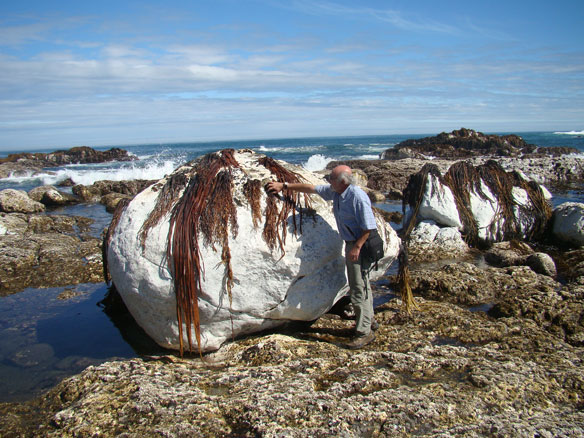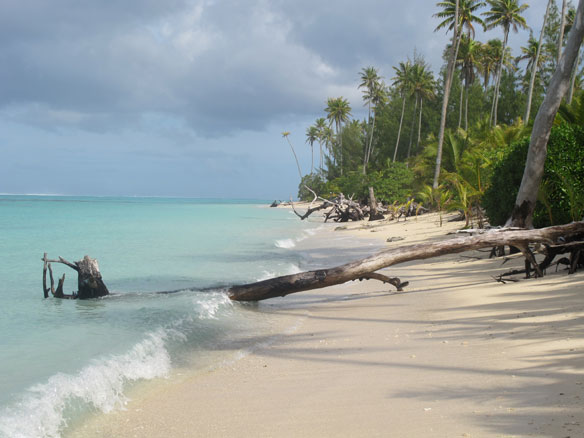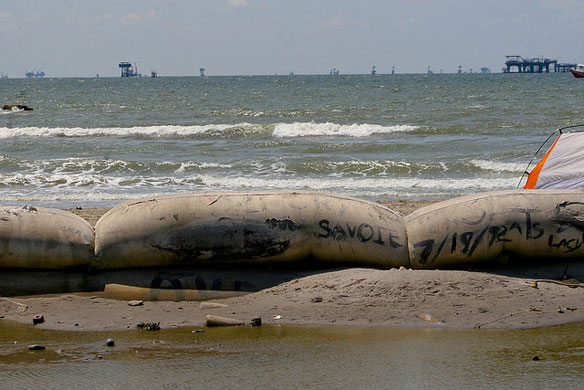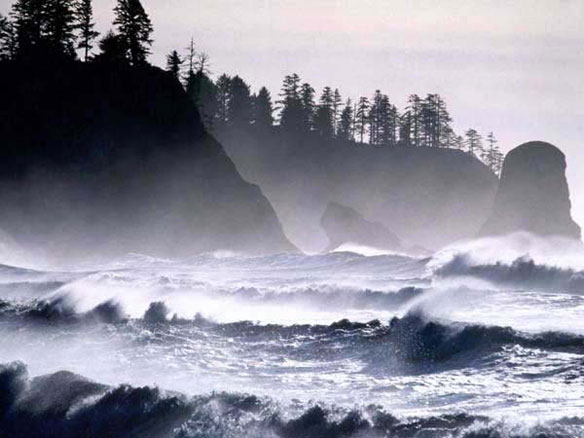First-of-its-kind study reveals surprising ecological effects of earthquake and tsunami

The reappearance of long-forgotten habitats and the resurgence of species unseen for years may not be among the expected effects of a natural disaster. Yet that’s exactly what researchers have found on the sandy beaches of south central Chile, after an 8.8-magnitude earthquake and devastating tsunami in 2010. Their study also revealed a preview of the problems wrought by sea level rise, a major symptom of climate change.
Waiting for the sun : Solar Power in India

Is the sun the answer to India’s energy problems…?
Antarctic Ice Melting From Warm Water Below

Most glacial ice melting occurs below the sea surface and in regions where ice shelves and icebergs are concentrated, as along the Antarctic coastline. That suggests that future sea levels could rise faster than many scientists have been predicting.
5 Misconceptions About Sea-Level Rise

Clear scientific consensus on global climate change amongst scientists does exist. Every major scientific organization in the United States, Europe, and Asia has produced statements supporting the science behind the human contribution to global warming and indicating an expected acceleration in the rate of sea-level rise over the next century…
Rising Pacific Seas Linked to Climate Change: study

Sea levels in the southwest Pacific started rising drastically in the 1880s, with a notable peak in the 1990s thought to be linked to human-induced climate change, according to a new study.
Coral Links Ice Sheet Collapse to Ancient ‘Mega Flood’

Coral off Tahiti has linked the collapse of massive ice sheets 14,600 years ago to a dramatic and rapid rise in global sea-levels of around 14 meters.
Scientists Find Slow Subsidence of Earth’s Crust Beneath the Mississippi Delta

Earth’s crust beneath the Mississippi Delta sinks at a much slower rate than what had been assumed. However, these subsidence rates are small compared to the rate of present-day sea-level rise from the Florida panhandle to east Texas..
New Comparison of Ocean Temperatures Reveals Rise over the Last Century

A new study , by Scripps Institution of Oceanography at UC San Diego, contrasting ocean temperature readings of the 1870s with temperatures of the modern seas, reveals an upward trend of global ocean warming spanning at least 100 years.
In Paradise, and Closer Than Ever to Disaster

For many of us who live in temperate zones, inland regions and the industrialized West, global warming is a source of anxiety, and something of an abstraction. One challenge for Nasheed, former leader of the lowest lying country, was how to communicate the problems currently apparent in the Maldives to countries where the impacts of climate change are not yet as drastic or visible. What will happen once other nations start to feel the pressure of rising sea levels?
